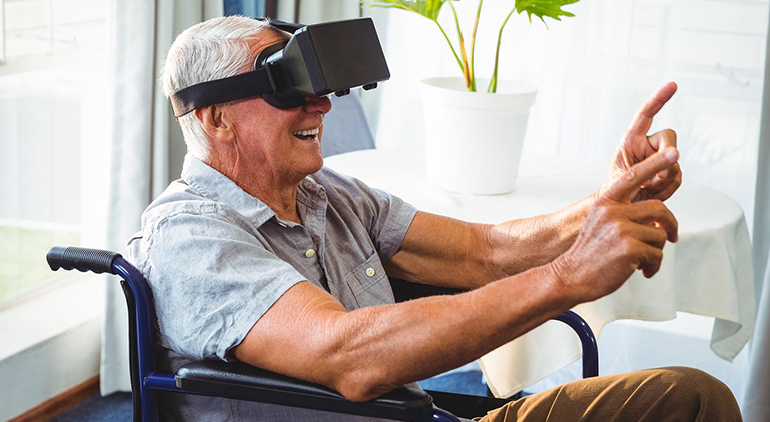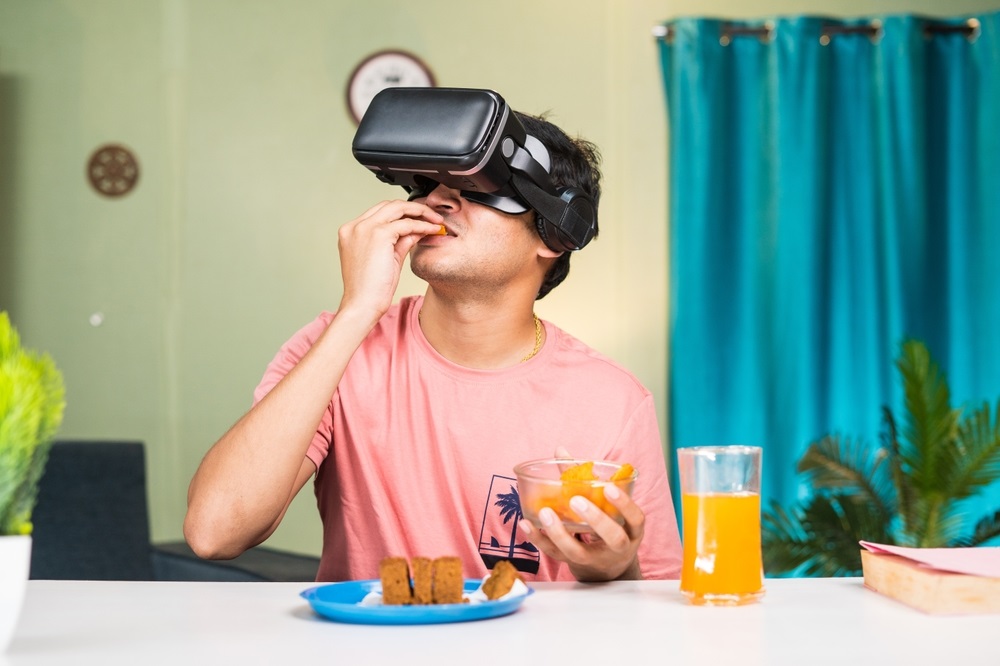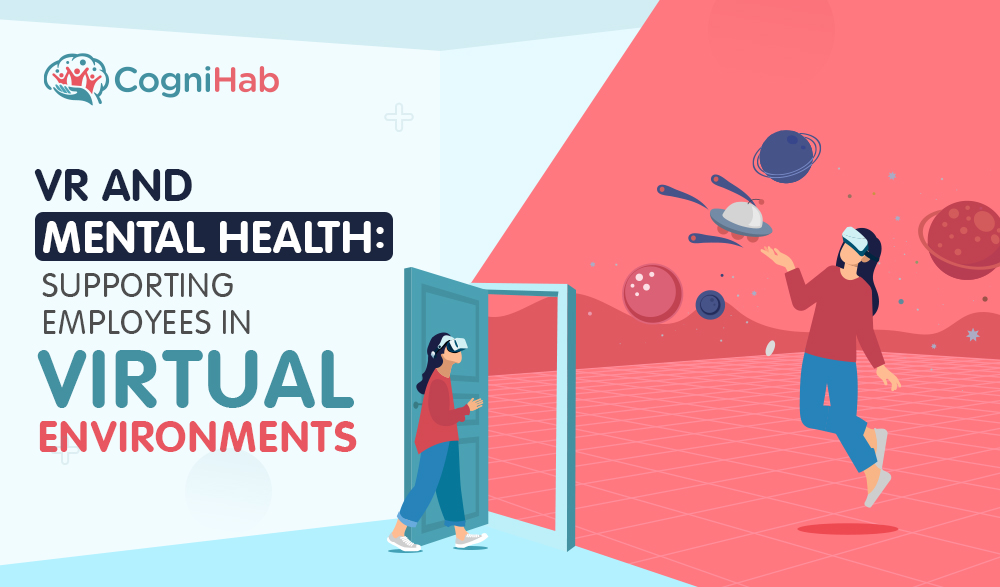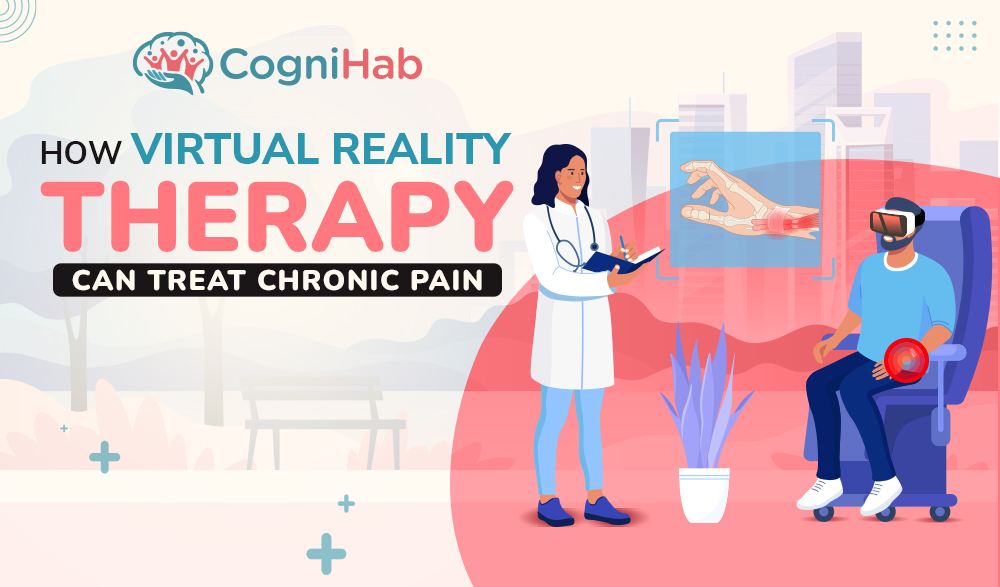How Virtual Reality is Transforming Autism Studies
Autism, or autism spectrum disorder (ASD), comprises a wide array of conditions. These conditions comprise challenges with social abilities, monotonous actions, talking, and nonverbal communication.
Autism is of various sorts, affected by a combination of hereditary and natural variables. Since autism is a spectrum disorder, the strengths and challenges vary from one individual to the other.
Autism spectrum disorder impacts the nervous system and affects the in-general cognitive, emotional, social, and physical wellbeing of the person affected. The extent and intensity of side effects can shift broadly.
For example, few individuals with autism might seek extensive support in their day-to-day activity, whereas others, may essentially sustain on their own. In a few cases, people continue independently. The most common signs include a struggle with communication, obsessive interests, social interactions, and tedious behaviors.
Nevertheless, the symptoms significantly reduce, if effectively detected at early stages. Basis the symptom, the caregivers' design remedies that include behavioural, family, and education. All these act as a support for developmental learning for the person going through them.
Autism spectrum disorder is seen among numerous individuals around the globe. This is irrespective of culture, race, or economic background. The Centre for Disease Control and Prevention reveals that one in fifty-nine children have an autism spectrum disorder.
Some remedies can help individuals feel good or reduce the predominant signs of autism. Various treatment techniques, include healings like social/behavioural therapy, play therapy, occupational therapy, exercise-based recuperation, word related therapy, language training, virtual reality exposure therapy, and so forth.
Virtual Reality in Autism
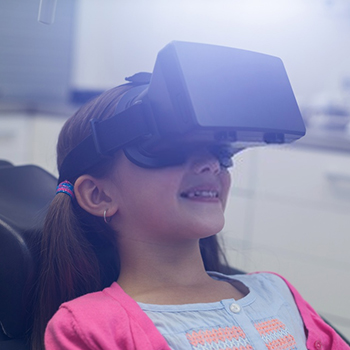
Autism counsellors and scientists started to use virtual reality in the mid-1990. Researchers frequently utilize virtual reality technology to replicate a real-life scenario. The recreation of this virtual environment supports people with autism to rehearse stressful confrontations.
In this way, virtual reality helps individuals affected by autism, to emerge more relaxed in foreign conditions. Virtual reality also facilitates imaging experiments that would otherwise be impossible.
Virtual Reality, with its engrossing technology takes many individuals with autism to an enchanting world. It gives a feeling of invisibility, since certain people with autism favour virtual reality to a talking-head meeting.
This doesn’t demand them to face a camera and they can operate behind the scenes. Virtual reality technology can produce genuine real-world experiences. It helps to practice various social-life tasks in a simulated, reliable, controllable and repeatable virtual environment.
There are experts who constantly monitor the activities that the autistic patients perform and design the way forward for the treatment. The advancement of affordable virtual reality head-mounted displays has brought back the interest of various people and institutions.
They are giving a sensible thought to utilise this high-tech solution for a wide scope of uses, including the education of autistic individuals.
Role of Virtual Reality in Autism Training

Virtual reality offers an environment, that enables users to experience the representation of an unreal or real world. This setup uses three dimensions by digital technology.
This virtual environment enhances the features of real-world settings and experiences and adjusts the behavior and communication of users within that reality.
Related post: How VR is Transforming Cancer Studies
These features of virtual reality have shown possibilities for individuals suffering from autism spectrum disorder. This technology can be modified, controlled, and regulated in safe places, for the training of autistic users and according to their specific needs.
VR For Autism Treatment
Autism is a conservative neurobehavioral ailment of life. It is an unpredictable disorder because of a variety of warning signs. This outcome in a wide range of communication abilities, with inflexible and repetitive behaviors.
The environment created by virtual reality, helps in the education of autistic youngsters, for its multifaceted advantages and convenience. In this way, it offers critical advancement in autism treatment.
The utilization of this technology allows permits genuine experiences, that can skillfully prepare for social aptitudes in a virtual domain. Immersive virtual reality therapy can support kids and grown-ups with autism spectrum disorder to defeat their reservations.
Cognitive-behavioral therapy (CBT), the most regularly utilized treatment for phobia, are very difficult for those with autism. This therapy requires unique reasoning. 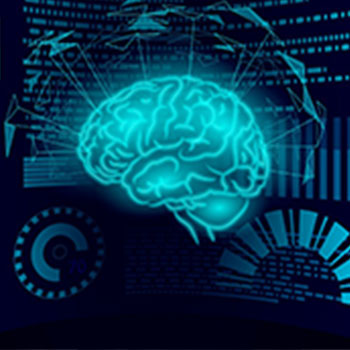
In virtual reality technology, users travel through phase wise experiences, under the control and direction of experts. This permits them to pick up the lost confidence by practicing repeatedly and this aides in beating the fears.
Cognihab’s Autism Suite is the world's first immersive all in one Autism suite, co-created with Lady Harding Hospital. It covers virtual reality games for autism, journeys, training, and activities.
Virtual reality-based games like innovative and fun question-answer exercises, educator games and exercise, journeys for improving perceptions, motivation, inspiration, and cognition, help and improve the intellectual capacities of patients.
This helps them to better perform everyday tasks and regular activities. Essentially, Virtual Reality based interactive journeys are also used and consolidated in this exceptionally planned autism suite for improving responses, speed, coordination & cognition of autistic patients.


